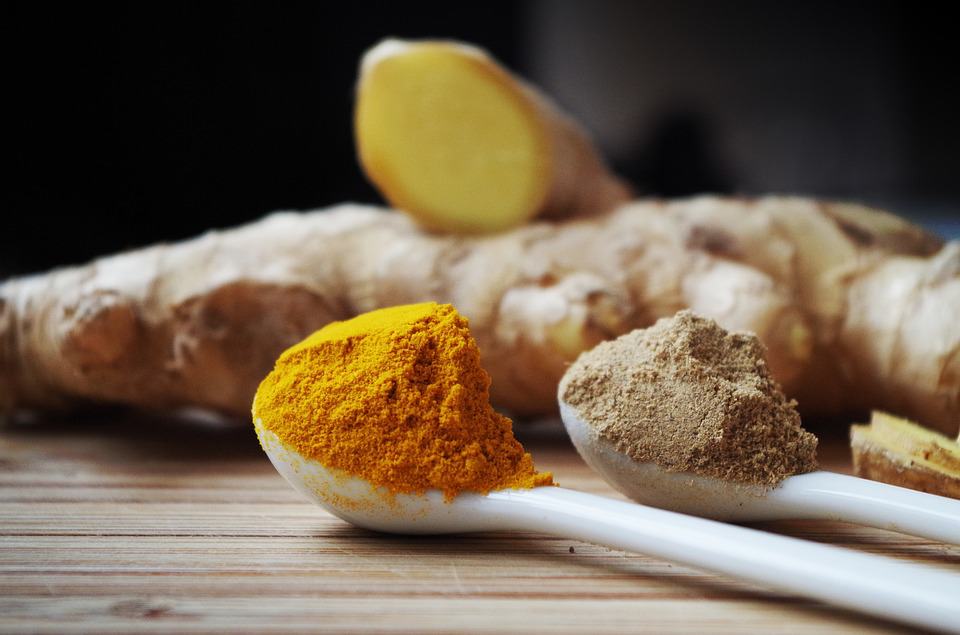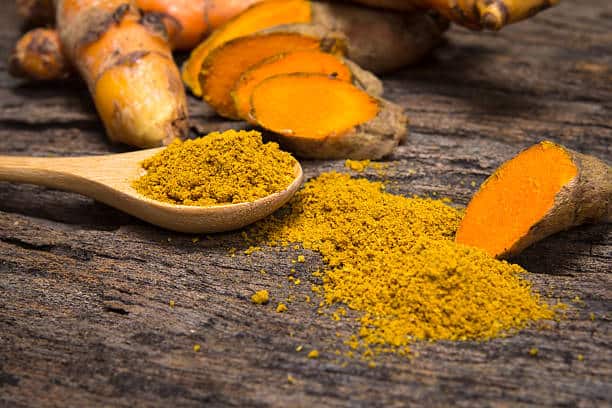You have probably heard a lot about the benefits of turmeric in recent years.
The reason for this news comes from turmerics antioxidant and anti-inflammatory potential and it’s ability to produce homeostasis in the body. People are now more focussed on the consumption of healthy whole foods, and the curcumin found in turmeric is on top of the list of results for life-giving phytonutrients.
How Does it Work
Curcumin has been shown to be more effective than celecoxib (Celebrex) for example in the treatment of arthritis pain. It has antioxidant, antiviral and antifungal properties and inhibits the molecular functions that play a role in inflammation because it carries high levels of natural pain-relieving COX-2 inhibitors. COX-2 is an enzyme responsible for the formation of prostanoids, the fatty acids involved in inflammatory reactions. It acts on chronic inflammation caused by daily metabolic oxidation, localized inflammation caused by surgical inflammation. It is also not toxic to humans, so it does not have the side effects of prescription medications.
Curcumin reduces inflammation by decreasing histamine levels and stimulating the adrenal glands to produce more cortisone, a natural painkiller. It works to relieve the pain from:
- Diverticulitis by reducing the swelling of colon pockets (diverticula)
- Fibromyalgia
- Rheumatoid arthritis caused by autoimmune dysfunction
- Carpal tunnel syndrome
- Osteoarthritis caused by mechanical wear and tear on joints
- Gout
- Gallstones and kidney stones by thinning out bile and reducing the formation of stones, or dissolving stones that are already formed.
- Headache
- Backache caused by muscular strain, sprains or pulls
- Ulcers – it works only half as well as over-the-counter antacids, but it’s very inexpensive by comparison; works against Helicobactor pylori which causes gastric ulcers
Other curative uses of turmeric include:

- Fungal infections – contains at least 20 fungicidal compounds
- Viral infections
- Depression – works the same way as serotonin in the brain
- Indigestion
- Diabetes – lowers blood sugar and increases insulin production
- Psoriasis – regulates inflammatory proteins that are secreted by the immune system (can be applied topically)
- Artherosclerosis – reduces the formation of blood clumps
- Warts – has proven active against the papillomavirus
- Mental decline – Curcumin can bind with heavy metals such as cadmium and lead, thereby reducing the toxicity of these heavy metals and protecting the brain.
How much do you need?
Regularly, 2 tablespoons mixed with water in a paste is used for topical applications, like wounds or arthritic joints.
Internally, take 1/2 to 1.5 teaspoons of dried root powder a day, 250 mg a day in supplement form, or 400-600 mg of extract in supplement for up to 3 times a day for severe conditions.
Look for supplements that have black pepper or add them to your own creations. For pain, don’t forget also to add black pepper to topical treatments.
Look for 95% of standardized supplements of curcuminoids, phosphylipid-bound, and containing lecithin.
A daily diet containing turmeric is an effective way of preventing pain and illness.
Turmeric is one of the basic products of Ayurvedic medicine, the traditional healing art in India. To get more turmeric in your diet:
- Use it to flavor main dishes such as chicken, turkey, rice, vegetables, beans and soups.
- Add it to salad dressings, marinades, glazes, potatoes, smoothies, bone broth, eggs and sautéed onions.
- You can buy curry paste or make your own and add it to stir-fries or soups.
- Sprinkle it on cruciferous vegetables such as cauliflower, broccoli, Brussels sprouts and kale. Phenethyl isothiocyanates in crucifers combine with curcumin in turmeric to prevent the growth of cancerous prostate tumors.
- Add black pepper to improve the bioavailability of curcumin.
- Drink turmeric tea or golden milk.
If you are not convinced that turmeric can help relieve your pain, consider the case of a man over 70, born with a hip malformation that has caused pain throughout his life.
In his 60s, he started taking turmeric. His pain subsided quite quickly, but when he turned 70, he opted for a hip replacement because his hip joints became very stiff. His doctors were surprised by his quick and painless healing. He did not need to take medication for post-surgery pain and swear by turmeric for that.
Do you think turmeric work for pain? You bet yes. There are more than 7,000 studies in this plant, so you can try it with confidence and make your own recovery.
Click here for some health and delicious turmeric recipes



